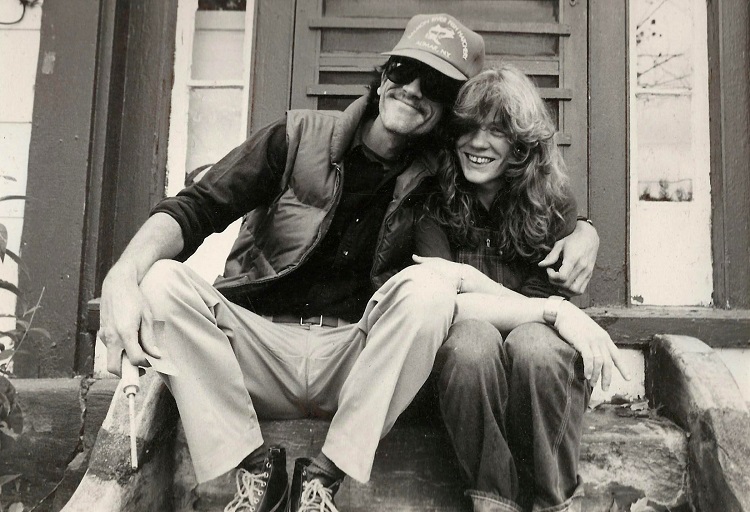
On January 28th, Dana Medical Library and Patient Choices Vermont co-hosted a panel discussion centered around the story of one man’s decision to take advantage of Vermont’s Act 39 – the Patient Choices and Control at End of Life Bill. The event, Medical Aid in Dying: The Story of One Man’s Choice, featured Peggy Stevens, who shared the story of her husband, Eric Stevens, who suffered from multiple systems atrophy and voluntarily hastened his death under Act 39 in 2016. The other members of the panel included Dr. Jaina Clough, Medical Director of UVM Home Health and Hospice, Dr. James Boyd, Eric’s Neurologist, and Dr. Tim Lahey, Director of Ethics at UVM Medical Center. More than 80 community members, physicians, nurses and health care providers attended the event.
Dr. Clough, moderator of the event, shared how her opinion of Act 39 has evolved over time. “As a hospice physician, I was ambivalent about MAID when Vermont passed Act 39 in 2013,” says Dr. Jaina Clough. “Then, I met Debora, a 65-year-old woman with aggressive brain cancer, who had elected hospice immediately after her diagnosis. She had a deep clarity about herself and her illness. She understood that her illness would impact the elements of her life that mattered most to her: her cognition, her mobility, and most importantly, her independence. For Debora, the choice to take a medication to end her own life represented control and a path to a peaceful death. Learning from Debora changed my perspective on MAID.”
Dr. Clough introduced Peggy Stevens who spoke movingly about her husband Eric. Peggy painted a picture of who Eric was and how much of an impact he had on his family and friends. She outlined how he came to decide to take advantage of the Act 39 option and the lengthy process that was required in following through with this decision. After Peggy’s moving tale, Eric’s neurologist, Dr. Boyd, gave his observations on the doctor-patient experience and talked about the impact that Eric’s decision had on him. Dr. Lahey then discussed the ramifications of Act 39 on physicians in Vermont and their duty to make sure that patients know all of their options so that they can make informed decisions. A question and answer period followed the presentations.
Act 39, Vermont’s medical-aid-in-dying law, allows a terminally ill patient with decision-making capacity to voluntarily end their life. The law defines strict criteria that must be met in order for a patient to receive MAID. Specifically, the patient must:
- Voluntarily request MAID for a terminal illness
- Be informed of all of their treatment options (including palliative treatments)
- Have decision-making capacity and the ability to self-administer
The physician’s role in this relationship, as in all physician-patient relationships, is to provide the best care possible, inform the patient about all of their options, and to work with them to understand what matters most to a patient’s quality of life.
To view Vermont's Act 39 bill in full and for further research on Medical Aid in Dying:
- Vermont Legislative Act
- Legislative Report on Act 39
- Vermont Department of Vermont FAQs
- Patient Choices Vermont Homepage
- Patient Choices Vermont Overview and Explanation
Photo: Eric and Peggy Stevens, courtesy of Peggy Stevens
